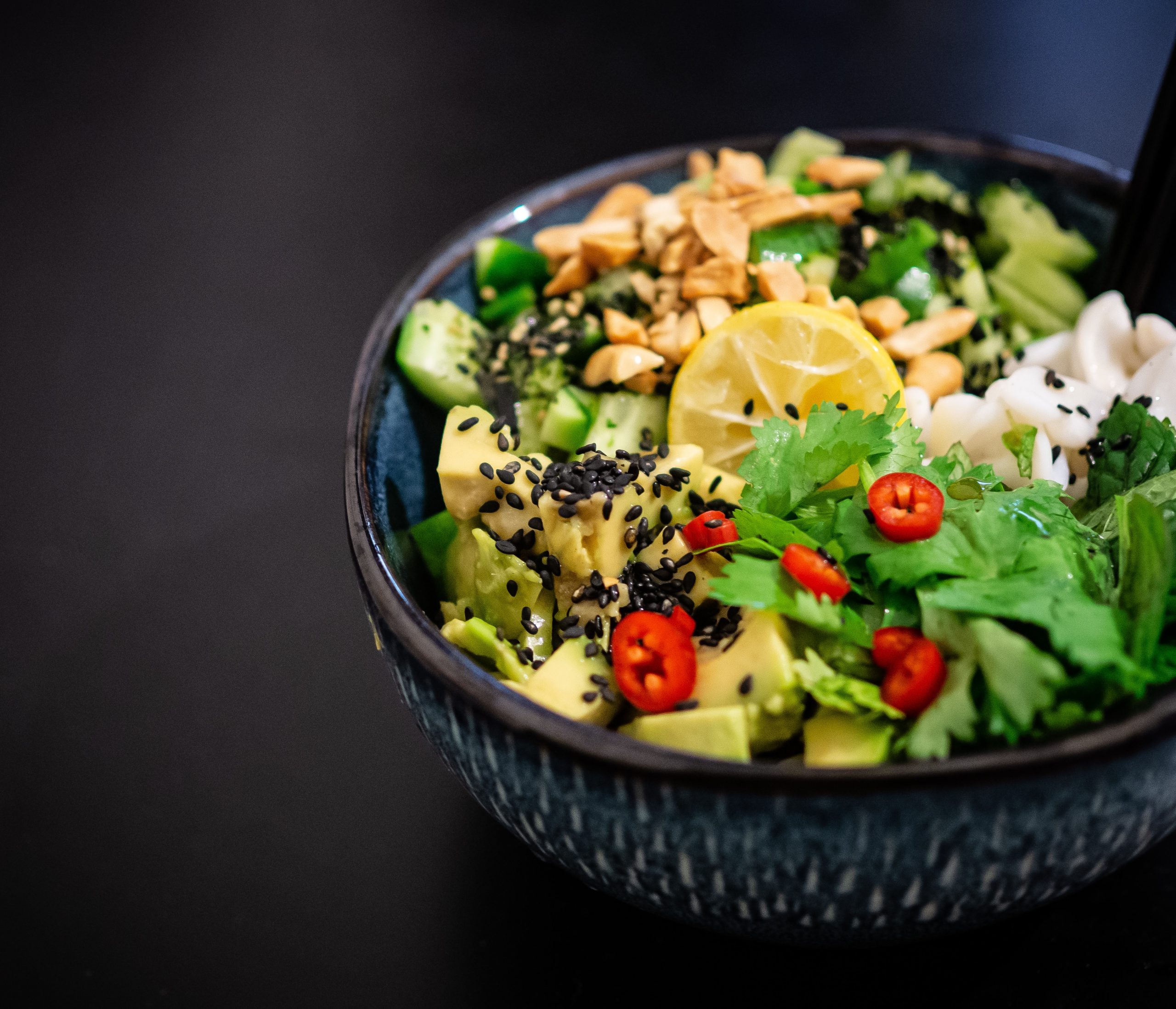Welcome to the ultimate guide for all you plant-based foodies out there! Are you a vegetarian or vegan looking to take your healthy eating game to the next level? Look no further than this comprehensive guide packed with tips, tricks, and delicious recipes that will leave your taste buds singing. Whether you’re new to the lifestyle or a seasoned pro, we’ve got everything you need to know about how to fuel your body with nutrient-rich foods that are both satisfying and sustainable. So grab a fork and let’s get started on our journey toward optimal health and wellness!
What is a Vegetarian eating?
Vegetarians and vegans typically consume a diet that is high in fruits, vegetables, whole grains, legumes, nuts, and seeds. This type of eating has many health benefits for those who adhere to it. Vegetarian diets are lower in saturated fats, cholesterol, and sodium than the typical American diet. They are also lower in calories and provide more fiber, vitamins, and minerals than average diets.
When choosing foods to eat as a vegetarian or vegan, it is important to make sure you’re getting enough protein. Many vegetarian and vegan options contain adequate amounts of protein. Some common vegetarian proteins include pulses (like lentils and beans), soy products (like tofu and tempeh), quinoa, seitan (made from wheat gluten), and eggs. When planning your meals, make sure to read the ingredients list carefully so you know which foods contain meat or dairy products.
When it comes to healthy eating habits for vegetarians or vegans there is no one-size-fits-all answer since everyone’s dietary needs vary. However, following some general tips will help make your food choices healthier while keeping within your budget: Eat a variety of fresh fruits and vegetables every day; choose lean sources of protein such as legumes instead of processed meats; limit saturated fats; avoid sugar-sweetened drinks; eat plenty of whole grains; get adequate calcium and vitamin D; keep an eye on your calorie intake; keep track of your blood pressure and other heart health indicators
What is a Vegan eating?
A vegan is someone who does not eat animal products, including meat, poultry, seafood, eggs, or dairy. Vegans can also consume other plant-based foods that don’t include any animal derivatives. There are many different types of veganism, so it’s important to figure out what works best for you. Some vegans eat mostly fruits and vegetables while others may only consume whole grains and legumes. There is no one-size-fits-all approach to being a vegan; the important thing is to find an eating plan that fits your lifestyle and is sustainable for you.
Types of Vegetables
There are many different types of vegetables, so it can be hard to know what to eat every day. However, a good way to get started is by choosing a few types of vegetables and eating them every day.
Some of the most common types of vegetables are:
1. Vegetables that are dark green and leafy, like spinach or lettuce. These are good choices if you want to eat plenty of antioxidants.
2. Vegetables that are red and orange, like carrots or sweet potatoes. These vegetables contain beta-carotene, which is a type of vitamin A. They’re also high in fiber and potassium.
3. Vegetables that are white or light green, like asparagus or broccoli. These vegetables have a lot of nutrients, including folic acid and Vitamin C. They’re also low in calories and sodium.
4. Vegetables that are cruciferous (like cauliflower or cabbage), because they contain sulforaphane, which is a type of antioxidant that has anti-cancer properties.
Types of Fruits
When it comes to eating fruits and vegetables, there are a few things to keep in mind if you’re vegetarian or vegan. The first is that most fruits and vegetables are best when they’re eaten as part of a whole meal. Second, many vegetarians and vegans don’t eat meat, so they need to make sure their diet includes plenty of fiber, vitamins, minerals, and other nutrients. Finally, it’s important to remember that different fruits and vegetables have different nutritional profiles. So if you’re looking to try out a new fruit or vegetable, make sure you read the labels carefully before buying or eating it!
Conclusion
Healthy eating is essential for everyone, whether you’re a vegetarian or vegan. In this article, we’ve outlined the key points that are essential to keeping your health on track while following a vegetarian or vegan diet. We hope that this guide has helped you understand what goes into making a healthy vegetarian or vegan meal, and how to make adjustments when necessary. If you have any additional questions about how to eat nutritiously as a vegetarian or vegan, don’t hesitate to reach out to us in the comments section below!




